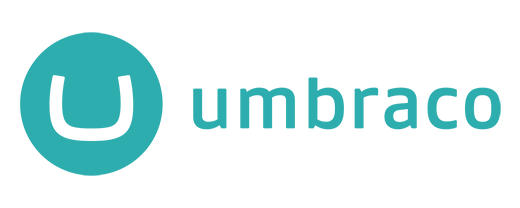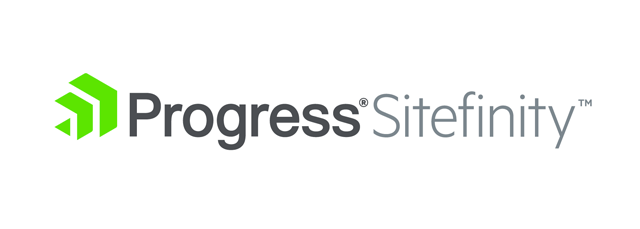An efficient website is a crucial part of a company’s sales activities. And when sales are going well, the company as a whole grows and develops.
These are more or less well known facts. But there are many ways to present your content on the web. At first, it was enough just to put some static content on your site, which didn’t change much once it was published.
Today, companies need a dynamic system for corporate communication, which allows for simple adding and editing of content, can stretch through multiple sales channels and contains support for digital marketing at the highest level.
Today, we can satisfy the need for an efficient presentation on the web by implementing a good content management system. Some of the best known and sophisticated of them are based on the powerful .NET technology.
The first of these are Umbraco and DotNetNuke, which are both open-source.
Umbraco has a large development community and there are many developed add-ins available on the market, which enable new themes, analytics capabilities, connecting with social communities etc. Umbraco is technically more demanding to use, as we need to develop the display of websites by ourselves. It is, however, very flexible when developing websites. The CMS is very responsive and can be used on mobile devices. It’s downside is, that it needs an experienced developer to use it efficiently. Additionally, there is less documentation available than for other similar products. Well-known corporations that use Umbraco are Carlsberg, Microsoft, Heinz and Costa.

DotNetNuke Open Source Project is the best known open-source CMS. There is also a paid edition called Evoq Content. From the 9th version onwards, the product uses Liquid Content technology, which is a “Content as a Service” micro service running on Microsoft Azure.

The advantages of DotNetNuke are that it is easier for a beginner to use and that there are already numerous graphical templates available for it. The DNN Store also has one of the largest collections of paid modules, that are supplied by many different companies. DNN is designed to support a large number of websites. The downside of DNN is, that it has less functionalities meant for marketing than it’s competitors. But at the same time, it allows for connection with applications from other developers, such as Marketo and MailChimp.
Besides open-source systems, there are also a numerous paid content management systems. Some of the larger ones are Kentico, Sitefinity and Sitecore. Kentico and Sitefinity were listed as Challengers in Gartner’s Magic Quadrant in 2018, while Sitecore was listed as a Leader.
Kentico is a content management system, e-store and a digital marketing platform all-in-one. It is used by companies such as Twinings, Gibson, Mazda, Starbucks and many others. Kentico offers more ready-to-use components than Umbraco or Sitecore. We can use these components to make the process of launching a website easier. But it also requires custom development, if we want to implement any specifics of our own website. Kentico has more than 1000 partners from all over the world. Clients say that the product offers an excellent cost to added value ratio. Also, developers like using because it has a reliable API interface. In 2016, Kentico was listed on Gartner’s Magic Quadrant as a Challenger.

Sitefinity is a product of Telerik, which is known in the developer community for Kendo UI. Sitefinity combines systems for content management and marketing analytics. The built-in tools support digital marketing on a corporate level. In 2016 they developed the “Progress DigitalFactory”. Today, their product portfolio contains Sitefinity Web Content Management and Sitefinity Digital Experience Cloud.

Sitefinity is and ASP.NET MVC application. As a company, known for developing UI interfaces, it’s “drag&drop” content management interface is widely regarded as one of the best and most intuitive to use.
In 2018 Sitecore was listed in Gartner’s Magic Quadrant for the 9th year in a row. It is ranked as the leading content management system on the web (besides Adobe, Acquia and Episerver). Besides managing content, Sitecore supports digital marketing on multiple channels. It is used by companies such as American Express, easyJet and L’Oreal.

As we are already talking about CMS, it is worth mentioning, that there are multiple definitions of CMS today. Some like to differentiate what they call systems for web content management – WCM. CMS systems enable wholesome management of content in a company and they also contain a system for publishing on and supporting many channels. There is also a the concept of ECM – Enterprise Content Management floating around. Some equate ECM to a document system in large companies.